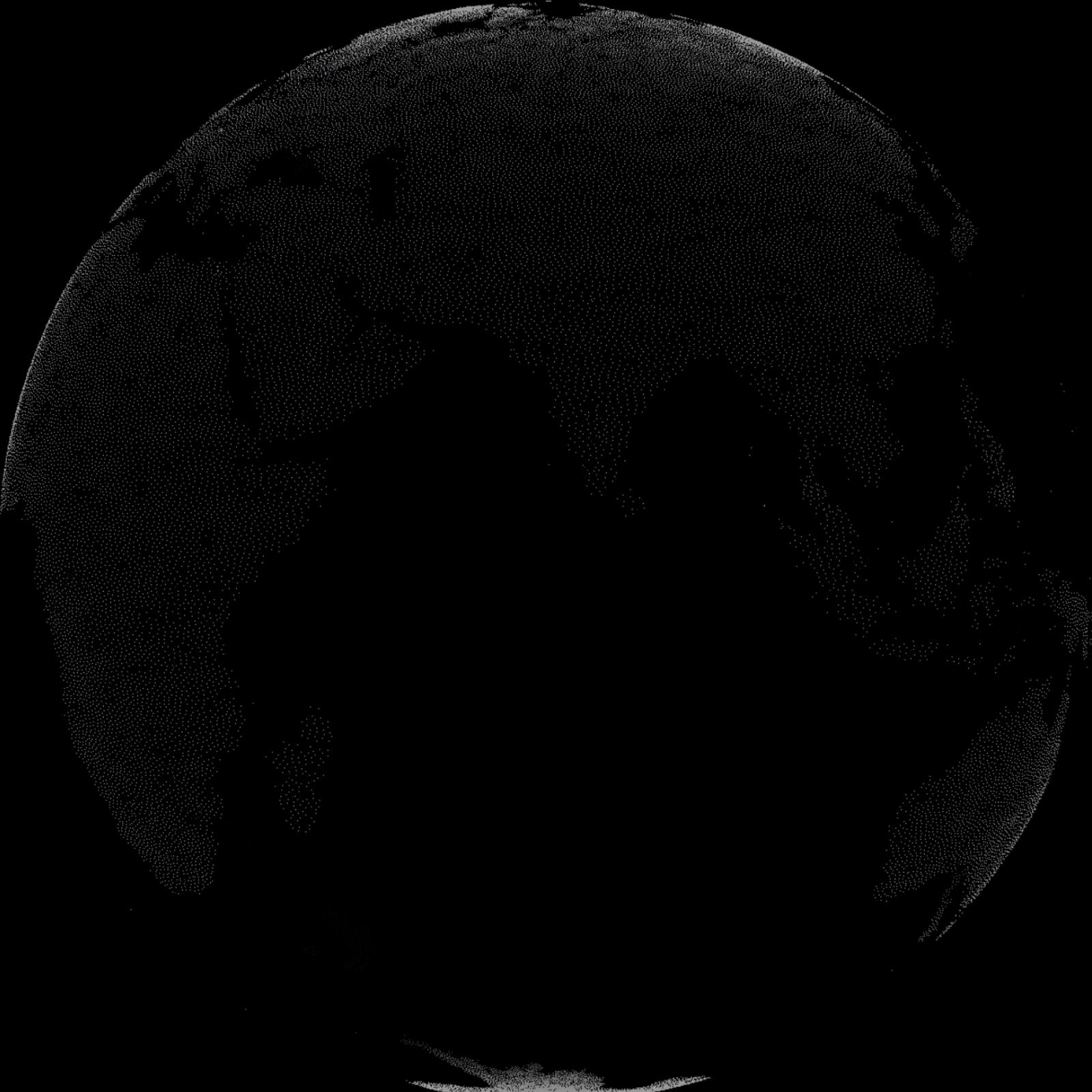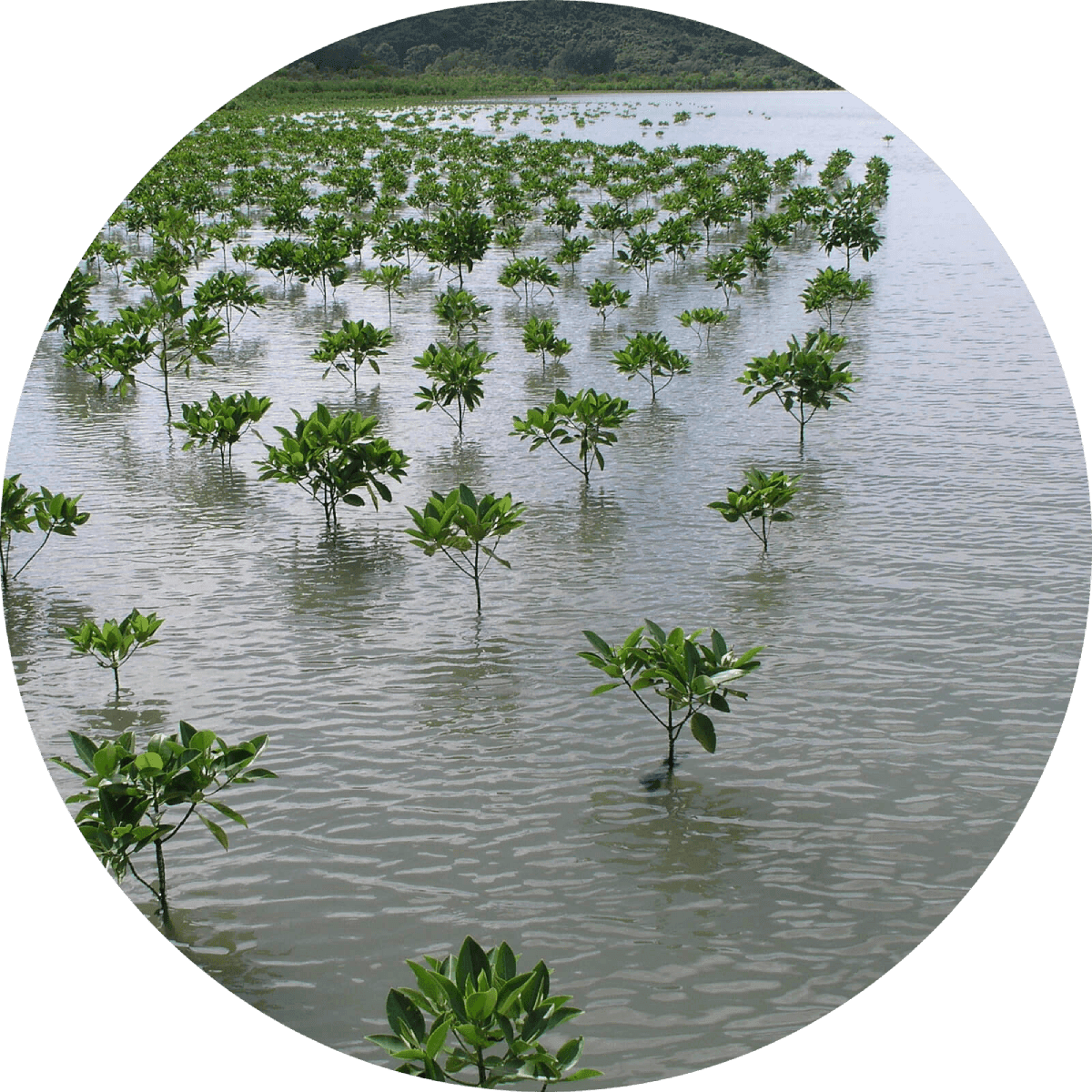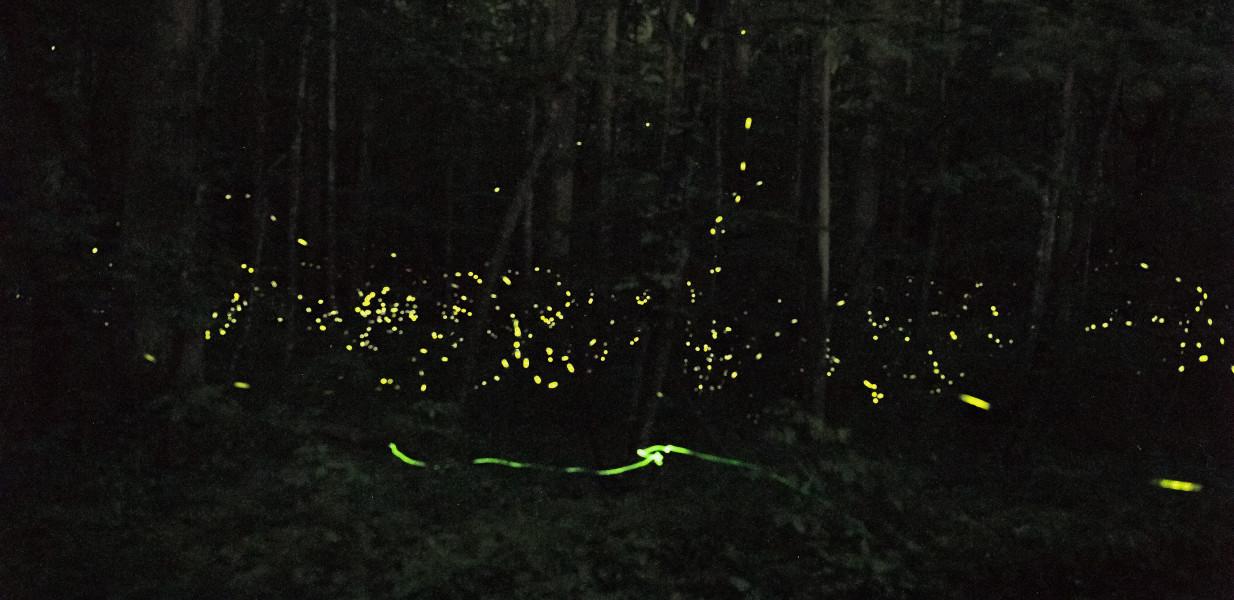Reef manta rays, Species Recovery in Raja Ampat
2022 CE • Raja Ampat
"Raja Ampat archipelago in West Papua is home to Indonesia’s largest population of reef manta rays, Mobula alfredi . . . Their populations have been depleted due to overfishing in many regions in Indo-Pacific . . . In Raja Ampat, there were anecdotal reports from the local community suggesting that reef manta rays were often caught unintentionally by non-local shark fishers. In the 1990s and early 2000s, sharks were heavily caught in Raja Ampat using large gillnets and longlines, not to mention other illegal and destructive fishing practices by outsiders . . . To protect marine biodiversity and ensure food security for local communities, the Raja Ampat government officially developed a marine protected area network in 2007. Since then, manta rays in the region have begun to enjoy some protection." Research shows that these conservation efforts in the region have paid off with an estimated 20% population boost and a 93% survival rate.
Edy Setyawan, "Reef manta rays are in decline globally – but new research finds one place in Indonesia where these charismatic rays are thriving," The Conversation, November 23, 2022.
Image: Arturo de Frias Marques, CC BY-SA 4.0, via Wikimedia Commons


Learn about Maya Lin’s fifth and final memorial: a multi-platform science based artwork that presents an ecological history of our world - past, present, and future.

Discover ecological histories and stories of former abundance, loss, and recovery on the map of memory.

Learn how we can reduce our emissions and protect and restore species and habitats – around the world.

See how art can help us rethink the problems we face, and give us hope that each one of us can make a difference.

Help make a global memorial something personal and close to home. Share your stories of the natural world.


